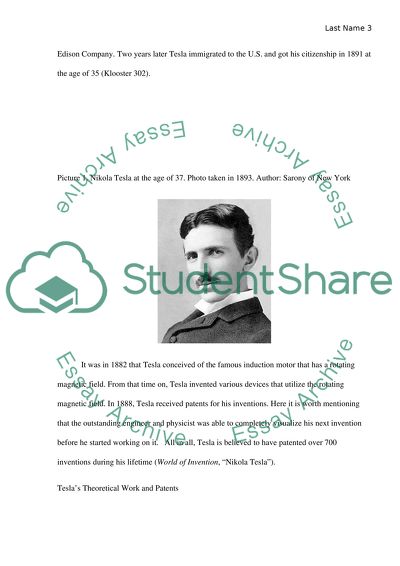Cite this document
(“Nikola Tesla Research Paper Example | Topics and Well Written Essays - 1500 words”, n.d.)
Retrieved de https://studentshare.org/physics/1437470-nikola-tesla
Retrieved de https://studentshare.org/physics/1437470-nikola-tesla
(Nikola Tesla Research Paper Example | Topics and Well Written Essays - 1500 Words)
https://studentshare.org/physics/1437470-nikola-tesla.
https://studentshare.org/physics/1437470-nikola-tesla.
“Nikola Tesla Research Paper Example | Topics and Well Written Essays - 1500 Words”, n.d. https://studentshare.org/physics/1437470-nikola-tesla.


